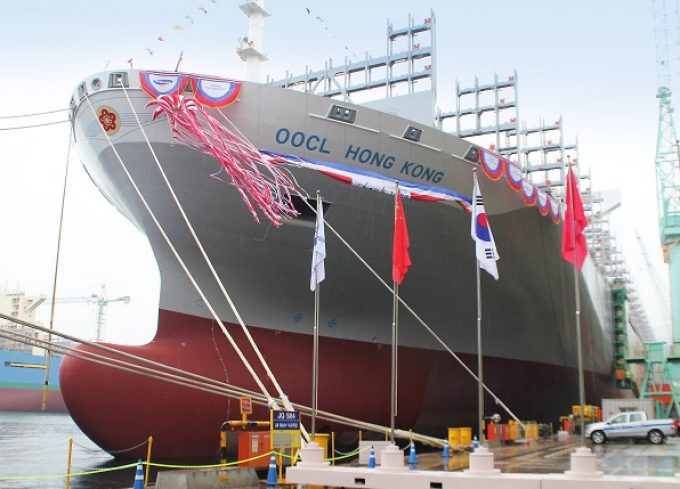CMA CGM South Korean staff strike over bonuses after bumper 2024 profit
CMA CGM’s employees in its South Korea office have gone on strike for increments and ...

Orient Overseas (International) (OOIL), parent company of OOCL, has posted a net profit of $2.8bn for the half-year – far and away the best interim result in the group’s 52-year history.
The Cosco-subsidiary’s turnover more than doubled, compared with the same period of 2020, to just ...

Comment on this article